A Brief History of The Flush Toilet
From Neolithic to modern times
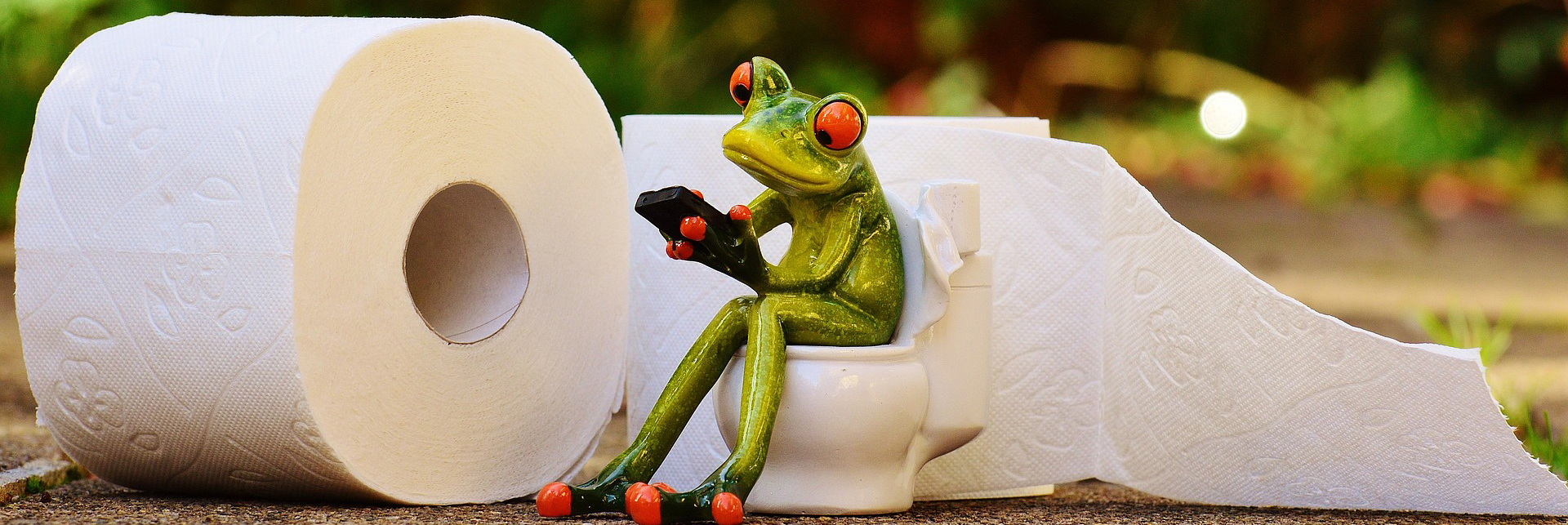
It is unclear who first invented the flush toilet. Although archaeological excavations in northwest India have revealed 4000-year-old drainage systems which might have been toilets, it is not clear whether this is genuinely the case.
However, the honour of producing the first toilet goes either to the Scots (in a Neolithic settlement dating back to 3000 BC) or to the Greeks who constructed the Palace of Knossos (in 1700 BC) with large earthenware pans connected to a flushing water supply.
Roman Times
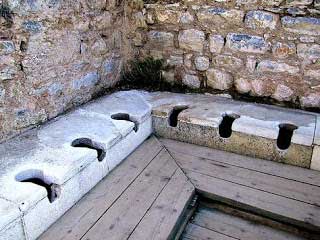
By 315 AD, Rome had 144 public toilets (above). The Romans treated going to the toilet as a social event. They met friends, exchanged views, caught up on the news and wiped themselves with a piece of sponge fixed to a short wooden handle.
This was then rinsed in a water channel which ran in front of the toilet and reused. It has been suggested that this practice spawned the phrase "getting hold of the wrong end of the stick".
Medieval Times

In Medieval England, people used "potties" and would simply throw their contents through a door or window into the street. The more affluent would use a "garderobe", a protruding room with an opening for waste, suspended over a moat (above). The name probably comes from the practice of storing robes in the toilet area so that the smell would discourage fleas and other parasites. Peasants and serfs, however, relieved themselves in communal privies at the end of streets. A huge public garderobe was constructed in London and emptied directly into the River Thames, causing stench and disease for the entire population.
Garderobes and public toilets were eventually replaced by the "commode", a box with a seat and a lid covering a porcelain or copper pot to catch the waste (pictured below).
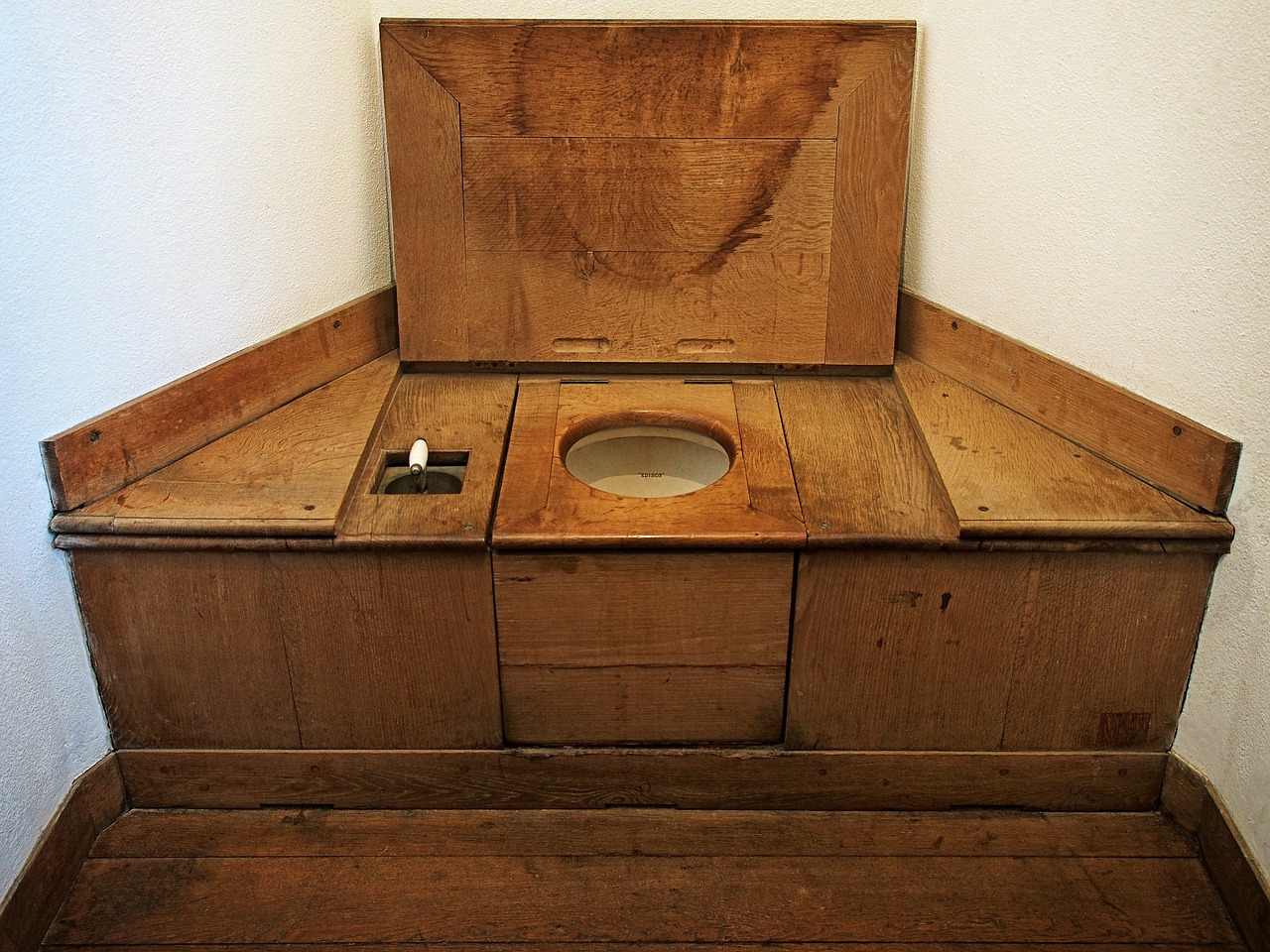
France's Louis XI hid his commode behind curtains whilst Elizabeth I covered hers in crimson velvet and lace, using sprigs of herbs to disguise the odours.
It is a widely-held belief that Thomas Crapper designed the first flush toilet in the 1860s. It was actually 300 years earlier, during the 16th century, that Europe discovered modern sanitation. The credit for inventing the flush toilet goes to Sir John Harrington, godson of Elizabeth I, who invented a water closet with a raised cistern and a small downpipe through which water ran to flush the waste in 1592. He built one for himself and one for his godmother; sadly, his invention was ignored for almost 200 years: it was was not until 1775 that Alexander Cummings, a watchmaker, developed the S-shaped pipe under the toilet basin to keep out the foul odours.
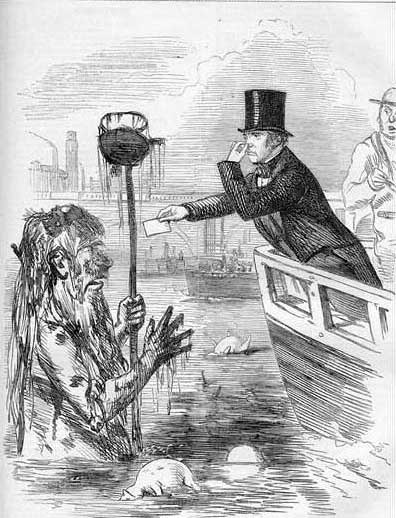
Victorian & Edwardian Times
As the population of Britain increased during the 19th century, the number of toilets did not match this expansion. In overcrowded cities, such as London and Manchester, up to 100 people might share a single toilet. Sewage, therefore, spilled into the streets and the rivers.
This found its way back into the drinking water supply (which was brown when it came out of the pipes) and was further polluted by chemicals, horse manure and dead animals; as a result, tens of thousands died of water-borne disease, especially during the cholera outbreaks of the 1830s and 1850s.
In 1848, the government decreed that every new house should have a water-closet (WC) or ash-pit privy. "Night soil men" were engaged to empty the ash pits. However, after a particularly hot summer in 1858, when rotting sewage resulted in "the great stink (pictured right in a cartoon of the day)", the government commissioned the building of a system of sewers in London; construction was completed in 1865. At last, deaths from cholera, typhoid and other waterborne diseases dropped spectacularly.
In 1861, Thomas Crapper was hired by Prince Edward (later King Edward VII) to construct lavatories in several royal palaces.
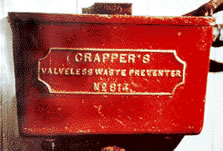
He patented a number of toilet-related inventions but did not actually invent the modern toilet, although he was the first to display his wares in a showroom (right). He and his contemporaries, George Jennings, Thomas Twyford, Edward Johns & Henry Doulton, began producing toilets much as we know them today.
Modern Times
Bathroom technology really arrived in the 20th century with flushable valves, water tanks resting on the bowl itself and toilet paper rolls (first marketed only in 1902). In 1992, The US Energy Policy Act was passed, requiring flush toilets to use only 1.6 gallons of water. As a result, companies all over the world moved to develop better, low-flush toilets to prevent clogging.
Many toilets now have automatic flushes and the sealed "vacuum water closet", as seen on planes or boats, is already being introduced in some countries, most notably Japan. Some of these toilets also compost the waste produced so it can be used as a garden fertiliser (pictured right).
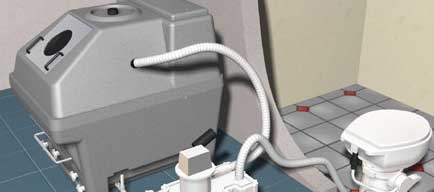
Going to the toilet, wherever and however you do it, is common to us all and flush toilets, clearly, are here to stay!
← Return to the Museum Map
← Back to Toilets